Secrets of Fresh Herb Use in Levantine Meals
42 min read Discover how Levantine cooks layer flavor with fresh parsley, mint, and cilantro—smart chopping, last-minute additions, and pairings for mezze, grilled meats, and salads. October 04, 2025 18:08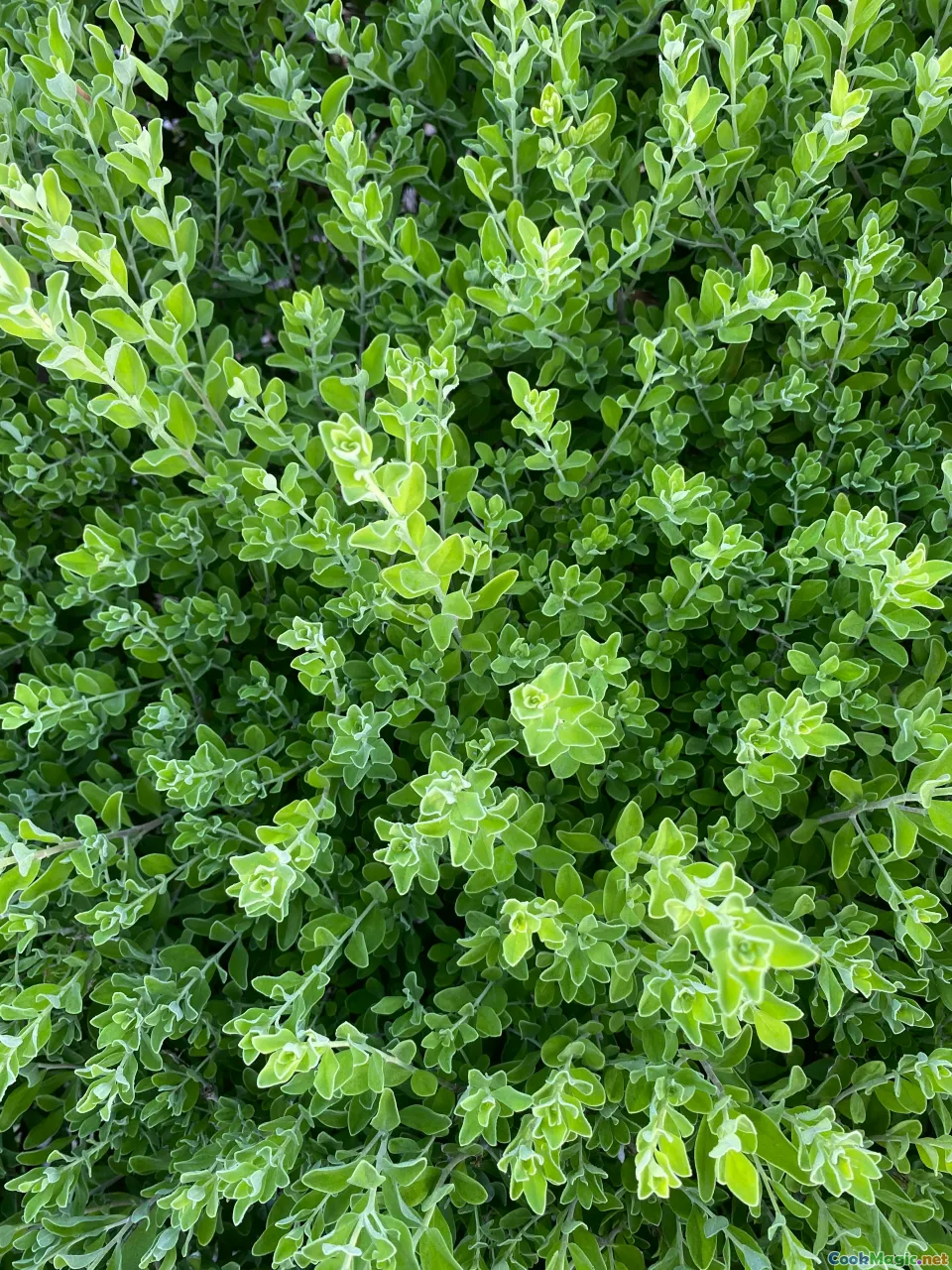
The first thing you learn in a Levantine market is that flavor begins as a smell. The air itself is a salad: mint that bites the nostrils like a green spark, dill that hums with cool sweetness, parsley whose peppery breath makes your mouth water, cilantro that smells like rain in a coriander field. I have walked through Achrafieh at seven in the morning with bags of herbs darkened by dew, past a baker sliding manoushe onto hot saj, the dough blistering as a fistful of za’atar sizzles in olive oil on top. A woman next to me pinched a sprig of wild thyme between her fingers, lifted it to her face, and closed her eyes. That is how recipes begin here — with a pinch, a sniff, and a smile that says yes, this is the leaf we want.
In the Levant, herbs are not garnish but the architecture of flavor. They are the quiet backbone of brothy lentil soups and the loud chorus in salads that pop with lemon. They get fried, bruised, blanched, pounded, and always, always respected. My teta used to say the cutting board is a garden in miniature. If you listen, the leaves will tell you when to stop.
The market smell that teaches you flavor
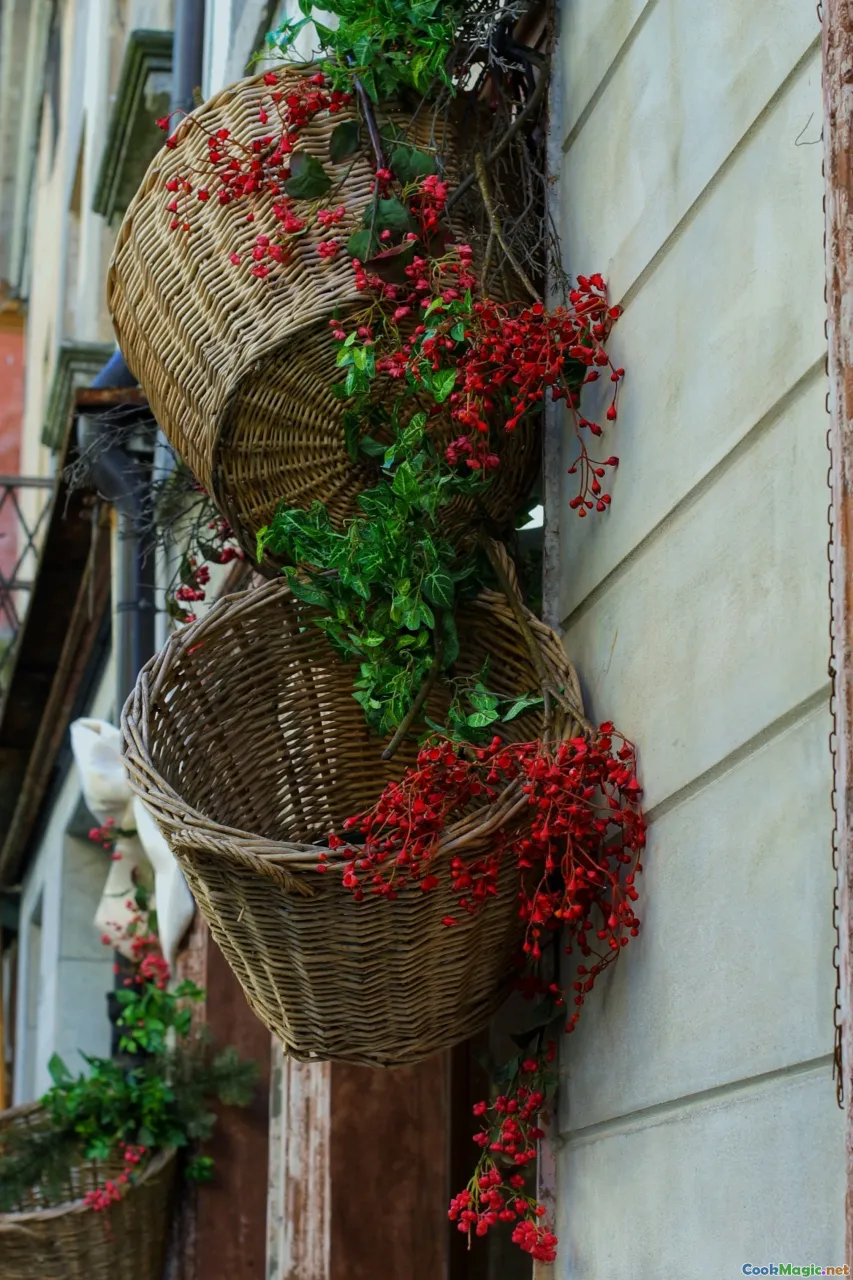
I learned the grammar of fresh herbs in Beirut’s Souk el Tayeb, where farmers arrive with bundles still cool from the mountain air. The stalls read like a herb lexicon: flat-leaf parsley stacked into green pillows; mint with stems in jam jars, leaves veined like tiny roads; cilantro piled like a forest; dill feathery as eyelashes. There is also baqleh, purslane, with fat jade-like leaves that snap when you bite them, and hindbeh, wild dandelion greens that come bundled with rubber bands and a little dirt that smells honestly of hillside rain.
On a spring morning near the Chouf, I followed a forager who walked with a purposeful shuffle, scanning the ground for omens of flavor. He brushed aside grasses to expose wild za’atar, a plant that looks like a modest shrub but carries a scent that is half thunderstorm, half mountain sun. He taught me to pick just the tips so the plant stays generous the next year, a lesson in both taste and responsibility. We took our harvest home, spread it on newspaper to pick out twigs, and rubbed it between our palms with a little sea salt to bruise the oils awake. The kitchen smelled like the color green had become a sound.
In Amman’s downtown, the herb sellers in the balad set up before the city’s heat climbs the buildings. There is a rhythm to their voices calling out: na’na’ fresh, parsley sweet, dill like kisses. The words are improvised music. I buy too much, always—more than I need—because a single hour can edit a bundle from perky to limp. The trick is to have a plan: if the mint looks like it could start a riot, you are making fattoush; if the parsley is dense and aromatic, tabbouleh is inevitable.
More leaf than bulgur: the tabbouleh ratio that changes everything
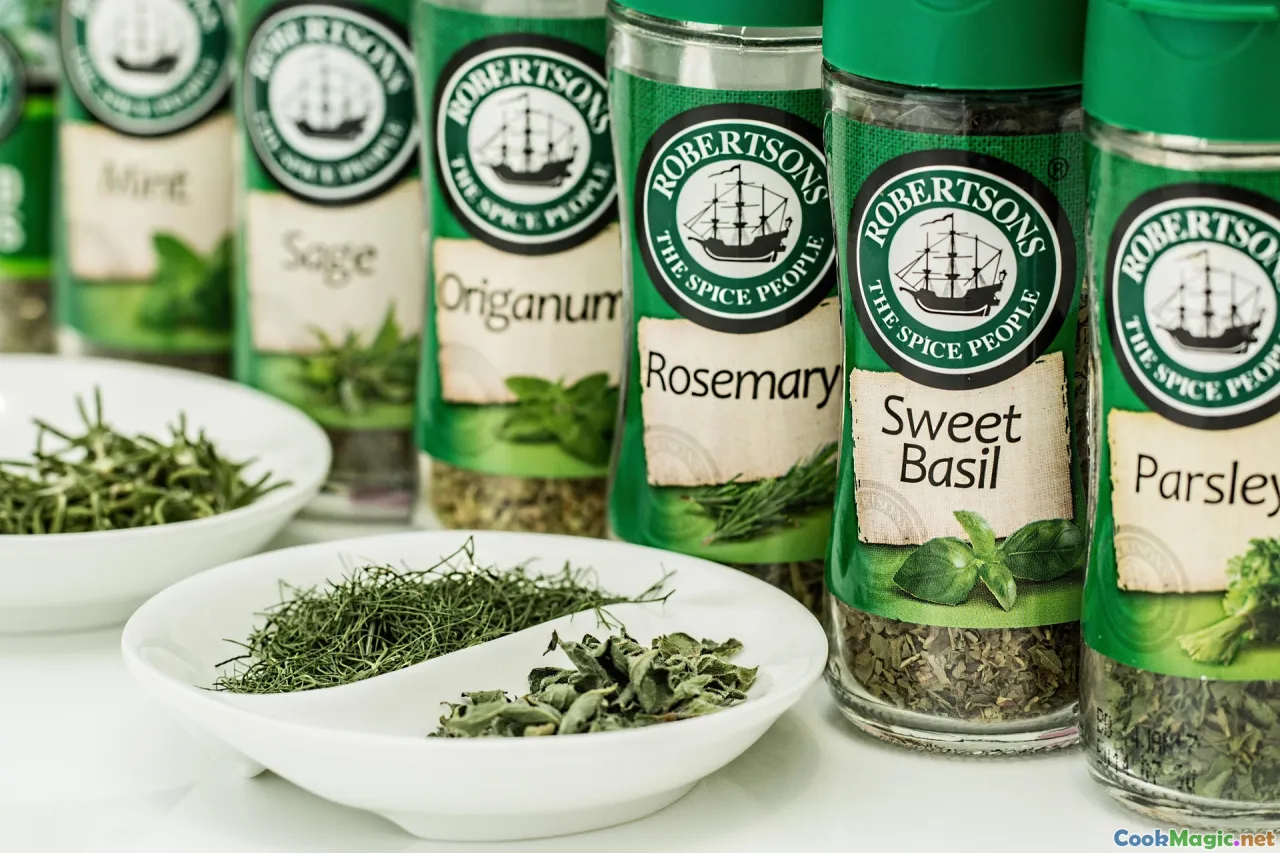
If you think tabbouleh is a bulgur salad flecked with herbs, you’ve never had the version that sends Lebanese aunties into fierce debate. True tabbouleh is a cold breath of parsley first, parsley second, then mint, scallion, tomato, and finally the smallest sigh of bulgur that serves only as a textural bridge.
Here’s the method that never fails me, learned at a table in Mar Mikhael over a mountain of parsley that needed taming:
- Wash parsley in very cold water with a pinch of salt, swishing to dislodge grit and the occasional stowaway. Spin it dry until the leaves feel almost squeaky between your fingers. Damp leaves bruise and turn muddy-green.
- Strip leaves from the thickest stems. Keep some tender stems; they carry a peppery snap and hold dressing like tiny channels.
- Bunch the leaves tight, like a bouquet you’re about to gift, and use a very sharp knife to chiffonade into ribbons, then cross-chop until the pieces are about the size of pomegranate arils. The knife should whisper; pounding in a processor will macerate the oils and darken the flavor.
- Do the same with mint, but more gently. Mint bruises like a peach. Tear it if you’re heavy-handed with the blade.
- Scallions sliced thin enough to be confetti. Tomatoes seeded and cut into precise dice so they do not weep into the bowl too soon.
- Bulgur, fine grade, rinsed quickly in cold water and squeezed like a sponge. A tablespoon or two for a whole bowl.
Dress with lemon juice and enormous generosity with the olive oil. Salt like you mean it. Taste. Then taste again after five minutes, because parsley absorbs acid the way bread takes up soup. The magic happens in that quiet interval, when the lemon climbs into the leaves and the olive oil turns them shiny, almost lacquered. When tabbouleh is right, it does not slump. It holds, like a green hill in a bowl.
One more secret: I rub a pinch of allspice between thumb and forefinger over the salad; the warmth flatters the green, a trick I learned from a chef in Zahle who swears by it for tabbouleh served with arak. And if you ever see tabbouleh so wet it floats, be kind, but know that someone forgot what parsley wants — brightness, not drowning.
Mint has two personalities: fresh vs. fried
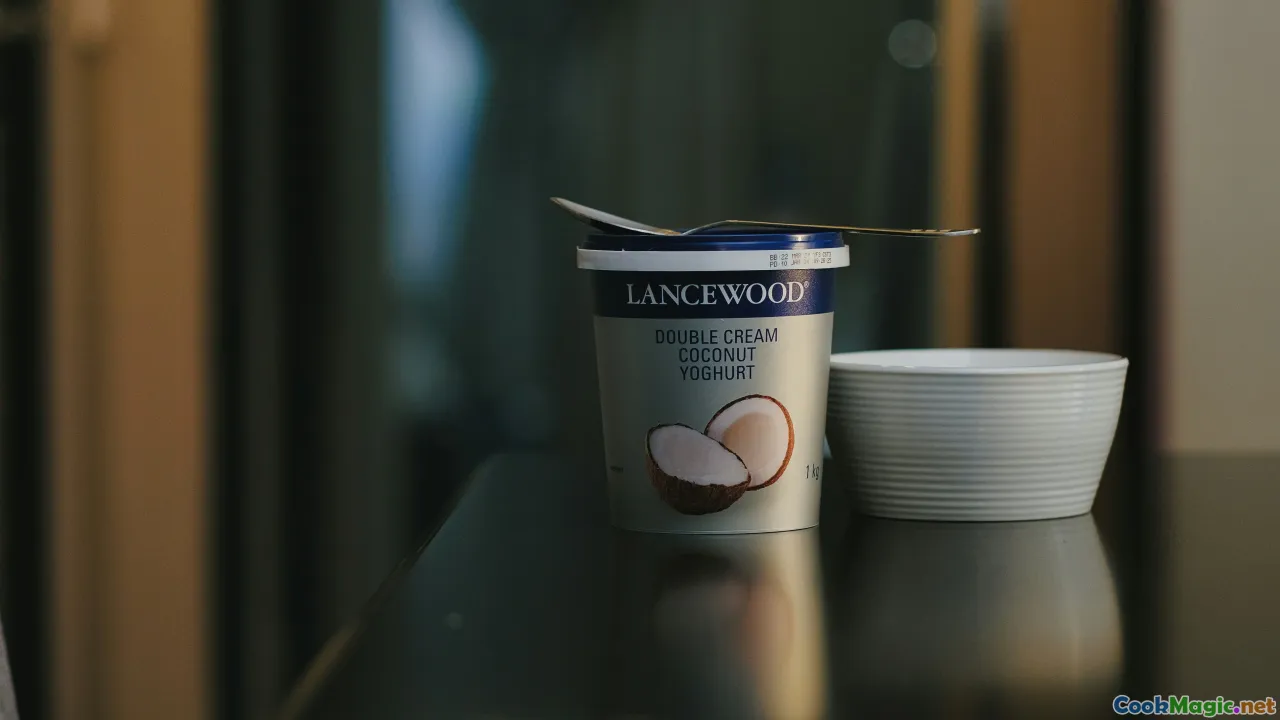
Fresh mint is the kiss on the cheek; fried mint is the whisper behind the ear. In the Levant, both are essential dialects of the same language.
Fresh mint’s job is to be the crackling, mentholated top note. Tossed into fattoush, it turns toasted pita and tomatoes into something that crackles like laughter. Torn over labneh with a stripe of olive oil and sumac, it’s almost indecent in its freshness. In summer, I blend lemon and mint with a touch of sugar and ice into limonana, a drink that tastes like a window thrown open.
But the fried mint — dried leaves bloomed in hot fat — is a different creature. In shishbarak, those tiny beef dumplings cooked in yogurt, you heat a little samneh (clarified butter) until it shimmers, add garlic until it goes blond and sticky with perfume, then crumble in dried mint. The kitchen snaps awake with a smell like thyme taking a hot bath. That sizzling spoonful, called the dagha in some kitchens, gets poured into the yogurt pot off the heat. The mint darkens, the yogurt exclaims, and the entire dish deepens by a shade.
Try this in other places:
- Lentil soup: a bowl of shorbat adas finished with a garlic-mint sizzle and a squeeze of lemon suddenly has corners and shadows.
- Cucumber yogurt: laban bi khyar with both fresh and a hint of fried mint is like stereo sound — the same flavor heard from two different speakers.
- Eggplant: grilled slices brushed with olive oil and a pinch of fried mint bloom like midnight flowers.
Use dried mint for frying; fresh mint turns soggy and bitter with heat. For dried mint that still tastes like a leaf, not dust, dry your own: pick on a dry morning, wash, spin dry, lay flat in shade with a breeze, and crush just before storing in a jar. It should look like confetti, not powder.
Cilantro’s ta’liyeh: the one-minute aromatic thunderclap

No sound in a Levantine kitchen is more satisfying than the hiss of a ta’liyeh — garlic and fresh cilantro thrown into hot olive oil. The trick is timing: this is a one-minute operation. You want color to stay a rumor, not a fact.
Consider mloukhieh, the jute mallow stew that can look like a tangle of shy, green silk. If you add a mortar’s worth of pressed garlic and chopped cilantro to shimmering olive oil until the garlic edges turn gold, then send the hot, fragrant oil into the stew, the dish gains a spine of aroma. The steam carries garlic’s bass note and cilantro’s wet-stone brightness. The stew stops being shy.
This ta’liyeh is also the soul of adas bi hamod, the chard and lentil soup that tastes like winter sun filtered through lemon. Without it, the soup is earnest; with it, it becomes a story.
Technique matters:
- Chop cilantro just before frying. Too early, and the aldehydes fade; too late, and you’ll rush and let the garlic brown.
- Use more oil than you think, because oil is the highway that perfume travels upon. Then don’t be shy about pouring it all into the dish.
- Keep the skillet small so the garlic and herbs are crowded; they will protect each other from over-browning.
- Pour the ta’liyeh into the pot off heat and cover for one minute. The trapped steam is an aromatic curtain that drapes every bite.
A friend from Homs swears by adding a single pinch of cumin right at the sizzle; another from Haifa will sometimes toss in a few chopped green chiles for a sly heat that waits mid-palate. Both are right, because the logic of the ta’liyeh is flexible: it is a finishing handshake, not a contract.
Wild things: za’atar, baqleh, hindbeh, and the spring forager’s palette

There is a season in the Levant when the hills are a library of edible sentences. People bend to read them with their hands.
Za’atar, wild hyssop, is the signature — crushed into a mix with toasted sesame and sumac, it becomes the dried blend, also called za’atar, that launches a thousand breakfasts. But fresh, it is a different poem. Toss the leaves with tomatoes and olives, scatter on goat cheese, or knead into dough for small, thumbed pies called fatayer. In the village, I watched a neighbor press fresh za’atar into warm olive oil with salt using the heel of her hand. The oil took on a green gold, bitter-bright and buzzing.
Baqleh, purslane, grows like an optimistic rumor, here and there, juicy and cool. In Palestinian kitchens, fattoush often includes fat purslane leaves, which hold vinaigrette like a scoop holds water. Their little crunch turns the salad into a rhythm. My favorite breakfast is still a plate of sliced cucumbers and purslane with a soft-boiled egg, a sprinkle of salt, and a puddle of oil so green it looks lit from within.
Hindbeh, dandelion greens, arrive with dirt under their nails. You blanch them hard and fast to tame the bitterness, press out the water with your hands until they look like a wet fist, then tumble with onions softened in olive oil. A drizzle of pomegranate molasses, a few crushed walnuts, and you have a mezze plate that tastes like smoke remembered by grass. Eat it with a lemony arak you dilute until it turns opal-white, and you will taste how bitterness and sweetness lean against each other like old friends.
And then there is akkoub, the spiny thistle beloved in Syria and Palestine, a kind of wild artichoke heart. Cleaned with patience and fried with garlic and cilantro or stewed with lamb and lemon, it is scarce, seasonal, and unforgettable — the sort of dish that makes a table quiet.
Foraging is not just thrift; it is continuity. Families go to the same slope year after year, grandparents teaching grandchildren the smell of what is right to pick. The ethics are explicit: never uproot, take a little, leave a lot, and offer a handful to the first neighbor you see on the road home.
Dill whispers in stuffed leaves
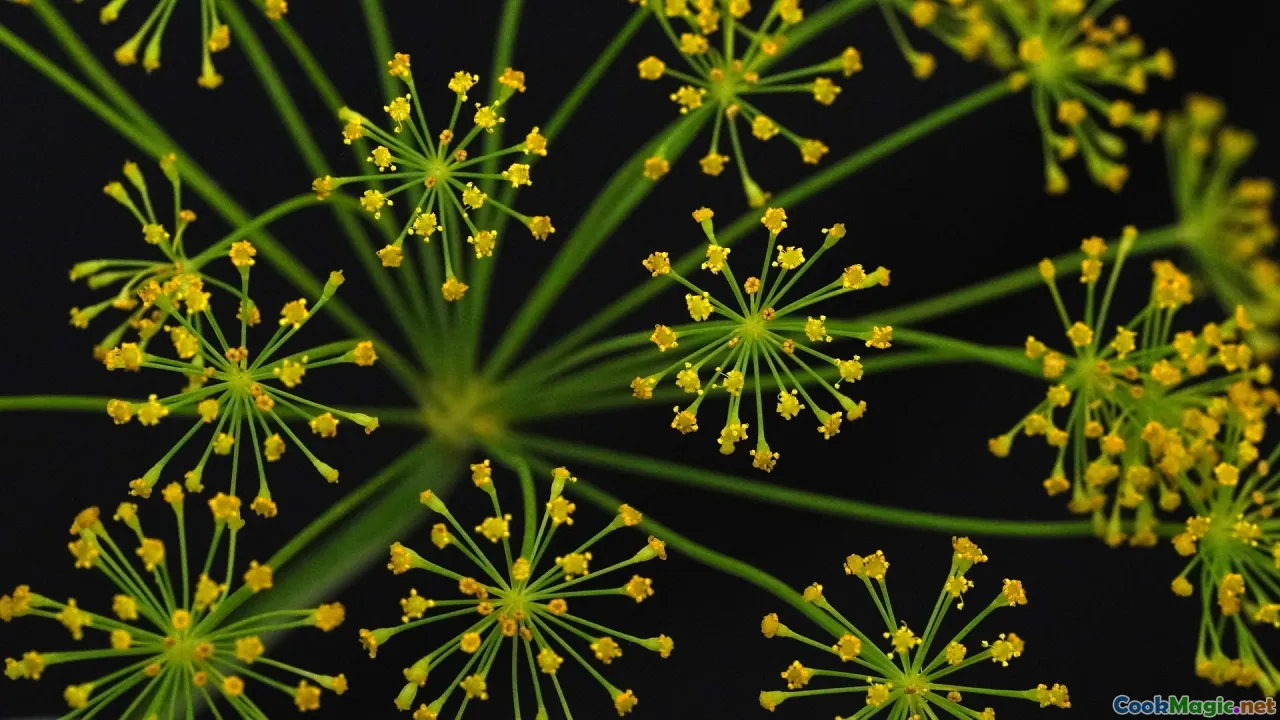
Stuffed grape leaves carry a perfume that is unmistakable when dill is done right. In Syria, yabra’ often includes feathery dill not as a headline but as a murmur. The filling — rice gleaming with a little oil, tomatoes diced to structure, chopped parsley and mint for freshness — takes on dill like a secret.
The roll matters. Grape leaves get blanched in water so hot you can smell the vineyard rise from the pot. You lay a leaf on the board veined-side up. A skinny finger of filling by the stem, then the sides go in like a hug, and you roll tight but not strangled. They should be cigar-slim, packed with cousins in the pot lined with leaf scraps and a slice or two of potato. Lemon wheels on top, a plate pressed down to keep them tidy, then a broth of water and lemon and olive oil poured until everything is half-submerged. A slow simmer is merciful; a boil is vandalism.
When they are done, the leaves are tender but intact, the rice tender but with a grain’s backbone, and the dill scent rides the lemon steam as you lift the lid. You eat them with fingers, one by one, with too much lemon. The point is excess.
Variations whisper across the region. In Irbid, I learned to fold in a handful of chopped cilantro to deepen the green. In the Galilee, a cook showed me chopped bulgur standing in for part of the rice, a trick that gives a rustic chew and drinks the lemon. The unifying detail: dill is never alone. It’s part of a chorus with parsley and mint, and sometimes the faint resin of allspice.
Fish and herbs on the coast: sayadieh and samke harra
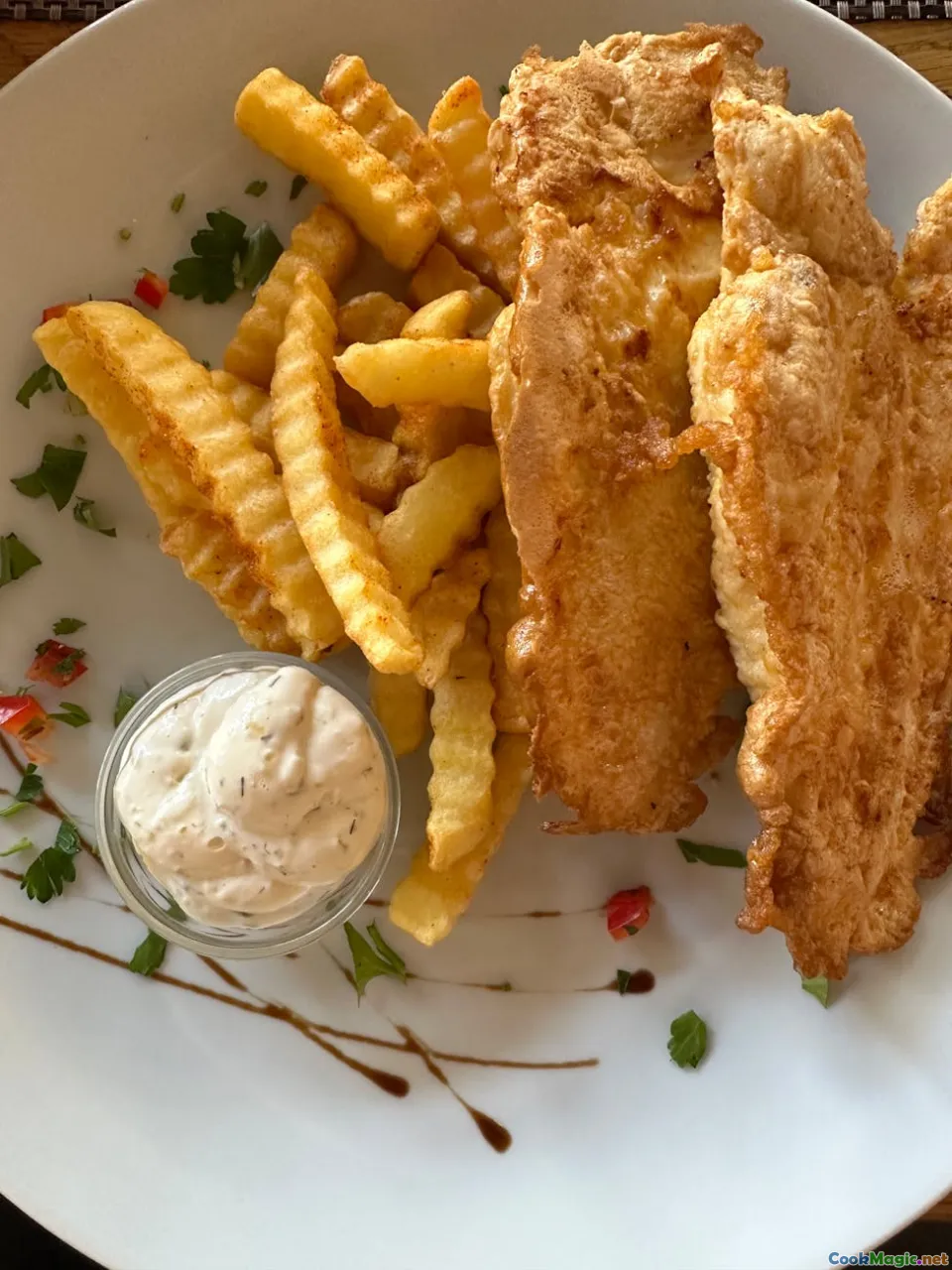
Coastal kitchens speak herb in a different accent, salted by the sea.
Sayadieh is the dish that taught me the meaning of brown onions. You take onions and cook them until they are the color of walnut wood, darker than you think reasonable, then simmer rice in that onion stock until the grains pick up a toasty, almost smoky sweetness. Fried fish goes on top, and a shower of chopped parsley and toasted pine nuts arrives like a breeze. The parsley is not garnish; it is an antidote to the sweetness, a peppery braking system that lets you keep eating.
Tripoli’s samke harra (spicy fish) is aggressive in all the right ways: a whole fish slathered with a paste of roasted red peppers, walnuts, garlic, lemon, olive oil, and — here is the quiet move — cilantro both raw and fried. Some cooks mash a handful into the paste; others fry it with garlic and knead it in at the very end. In both versions, the cilantro drapes the pepper’s heat with green perfume. When the fish emerges, edges charred and sauce bubbling, a second handful of raw herbs and lemon juice ties the knot.
Eat this at a fish shop by the harbor in Mina and notice how the breeze lifts the herb steam from the platters. A boy will run through with a tray of mint tea. Old men will argue about whether the fish was baked a minute too long. You will understand that debate, because herbs make you precise.
Knife skills: how Levantine cooks keep herbs bright
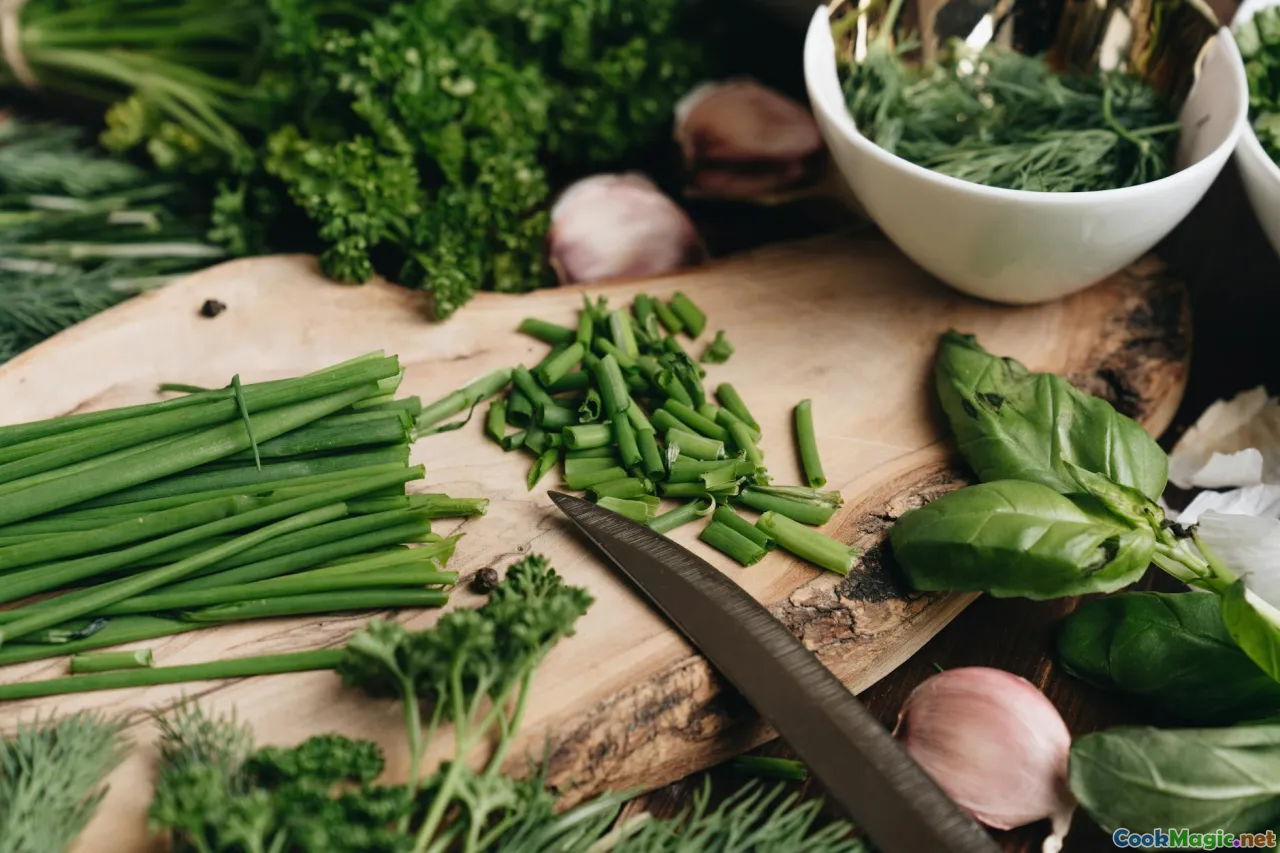
If you want herbs to taste like leaves, not lawn, you need to cut them like a patient person.
A few non-negotiables:
- Knife sharpness changes flavor. A dull knife crushes; a sharp one slices. Crushing releases polyphenol oxidase, which darkens color and muddles taste. Sharp cuts keep edges clean, and the volatile oils stay in the leaf until they meet your tongue.
- The board should be big and dry. Crowding herbs makes you hack. Moisture turns fine chiffonade into paste.
- Bunch before chopping. For parsley, gather the leaves into a tight ball in one hand, then shave with the other. Rotate the bundle 90 degrees and cross-cut for even pieces. For mint, spread leaves in a shingle, roll gently, chiffonade, then stop.
- No rocking horse. Many cooks rock the knife arc back and forth too long. Two or three passes is enough. The goal is confetti, not a smear.
- Salt strategically. A pinch of salt on the board, tossed with the chopped herbs, can wet the cut edges, keep them green, and begin seasoning from within. But if the salad will sit, salt later to avoid weeping.
Respect the stems. Parsley stems are flavorful; chop them very fine and add to stews or sauté with onions at the start for an herb-forward base. Cilantro stems are lemony; mince them and fold into salsas and pastes. Mint stems are woody; pick tender tips or save stems for tea.
Salt, acid, oil: the chemistry that makes leaves sing
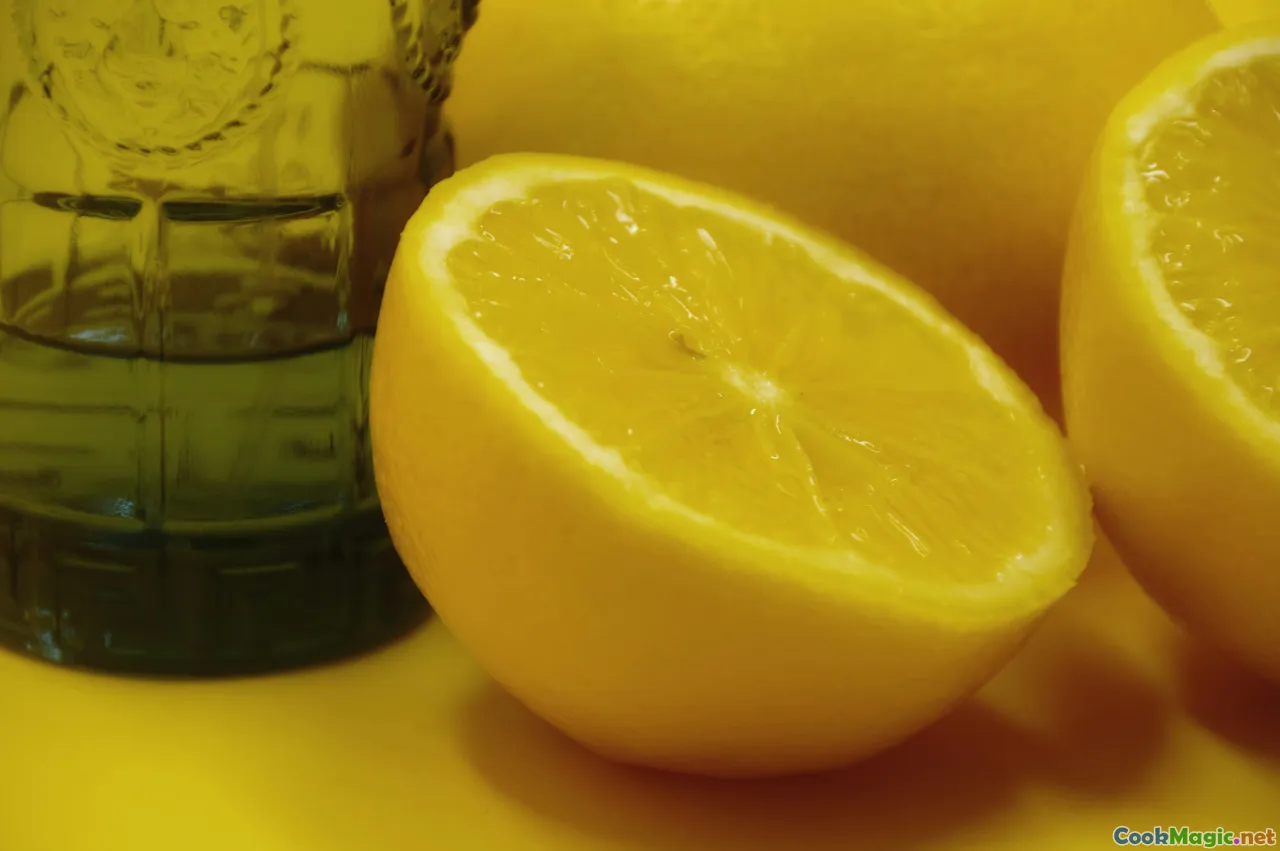
Herbs speak in volatile molecules. Your job is to marry them to carriers that make them audible.
- Salt is not just intensity; it is awakening. Sodium ions make taste receptors more responsive. When you salt a parsley salad, the leaf itself tastes more like itself. Under-salt and you will compensate with more lemon and oil, which blurs. Over-salt and you lose the whispery top notes from mint and dill.
- Acid shapes. Lemon’s citric acid brightens mint’s menthol and cilantro’s aldehydes, making them taste like light in a room. Vinegar is harsher, sometimes right for pickles, less so for delicate salads; pomegranate molasses adds tartness with sugar and tannin, wonderful with bitter greens.
- Oil carries the perfume. Olive oil dissolves the lipophilic components of herbs — carvone in dill, menthol in mint, apiole in parsley — and lays them gently on your palate. A timid drizzle won’t pick up enough scent. Be generous; then learn to balance with acid.
- Sumac is an acidic spice friend. Sprinkle over fattoush or grilled chicken with chopped parsley, and it gives an acidic dusting that lifts the green without watering the leaves.
- Heat is both an enemy and an ally. Heat can evaporate the very compounds you chased, but a quick sizzle blooms dried herbs and unlocks flavors that stay trapped when raw. Fresh herbs mostly like the end of cooking; dried herbs often like the beginning or a brief, intense encounter with hot fat.
This is why a fattoush with crisped pita, torn mint, and parsley tastes so alive: the salt tucks under the leaves, the lemon snaps them awake, the oil carries them, and the sumac dust is a tart echo.
Regional herb dialects: Beirut, Aleppo, Jerusalem, Amman

The Levant is small on a map and enormous at the table. Herbs speak different dialects from block to block.
- Beirut and the coast: Parsley reigns with mint as its deputy. Salads are bright, fish is lavishly adorned, and cilantro appears mostly when there is frying to be done. You’ll find raw thyme tucked into sandwiches, a sprig of mint in every glass, and arugula (jarjir) as a springy adornment.
- Aleppo and the interior of Syria: Cilantro is constant, especially for ta’liyeh. Dill is a signature in stuffed vegetables and preserves. Tarragon (tarkhun) makes cameos in pickles and stews. Dishes are often finished with a flourish of herbs rather than built on them, but the flavors are deep, and the cutting is precise.
- Jerusalem and the Palestinian kitchens of the West Bank: Mint is both fresh and dried, cilantro shows up in green shatta and in the frying pan, and parsley builds the body of salads. Fattoush leans into purslane, and sumac is a punctuation mark in everything from chicken to onions. Wild herb foraging is a living memory here; the aroma of fresh za’atar on bread feels like an act of belonging.
- Amman and northern Jordan: Parsley and mint anchor salads; cilantro warms soups and beans. Bedouin kitchens might keep herbs quieter in dishes like mansaf, but a platter of chopped herbs on the side is common, an invitation to customize. Dill whispers in stuffed leaves; thyme perfumes tea.
Even within a city, a grandparent’s accent outlives geography. In my family, Palestinian habits follow us into every rental kitchen: mint dried on screens by the window, a jar of parsley stems in water like a bouquet, and a stubborn insistence on squeezing lemon at the table, not before.
The herb pantry: stems, roots, and unusual greens

Beyond the star players lie the understudies that deserve a night on stage.
- Fennel fronds: If you buy a fennel bulb with its green frill, don’t discard it. Chop the fronds fine and mix into fish marinades with parsley and lemon. They contribute an anise breeze that pairs with the sea like a conversation with a sailor.
- Scallion greens: The dark tops are herb, not waste. Slice thin and fold into kibbeh mix with parsley; the green onion heat is softer and rolls rather than stabs.
- Celery leaves: In stews like bamia (okra with tomato), a handful at the end brightens the tomato’s deep sweetness.
- Mallow (khobbeizeh): A spring green beloved in the countryside, sautéed with onion, finished with lemon and raw olive oil, occasionally woken up with a cilantro ta’liyeh. Served with pickled turnips, it tastes like April.
- Grape vine tendrils: In very early spring, the tender shoot tips, quickly blanched and tossed with olive oil, lemon, and parsley, taste like a prequel to summer.
- Parsley stems: Blitz with garlic, lemon zest, and oil into a rough pesto for spooning on grilled eggplant or chicken. Their structure gives a satisfying chew to sauces that otherwise slick away.
Levantine cooks waste little. If you watch an auntie prep herbs, you’ll see two bowls: one for today, one for later. Later might be a green stock; a pot of rice tinted with herb trimmings; or eggs scrambled with chopped stems, a little olive oil, and an impudent amount of black pepper.
Breakfast to midnight: a day of herbs on the table
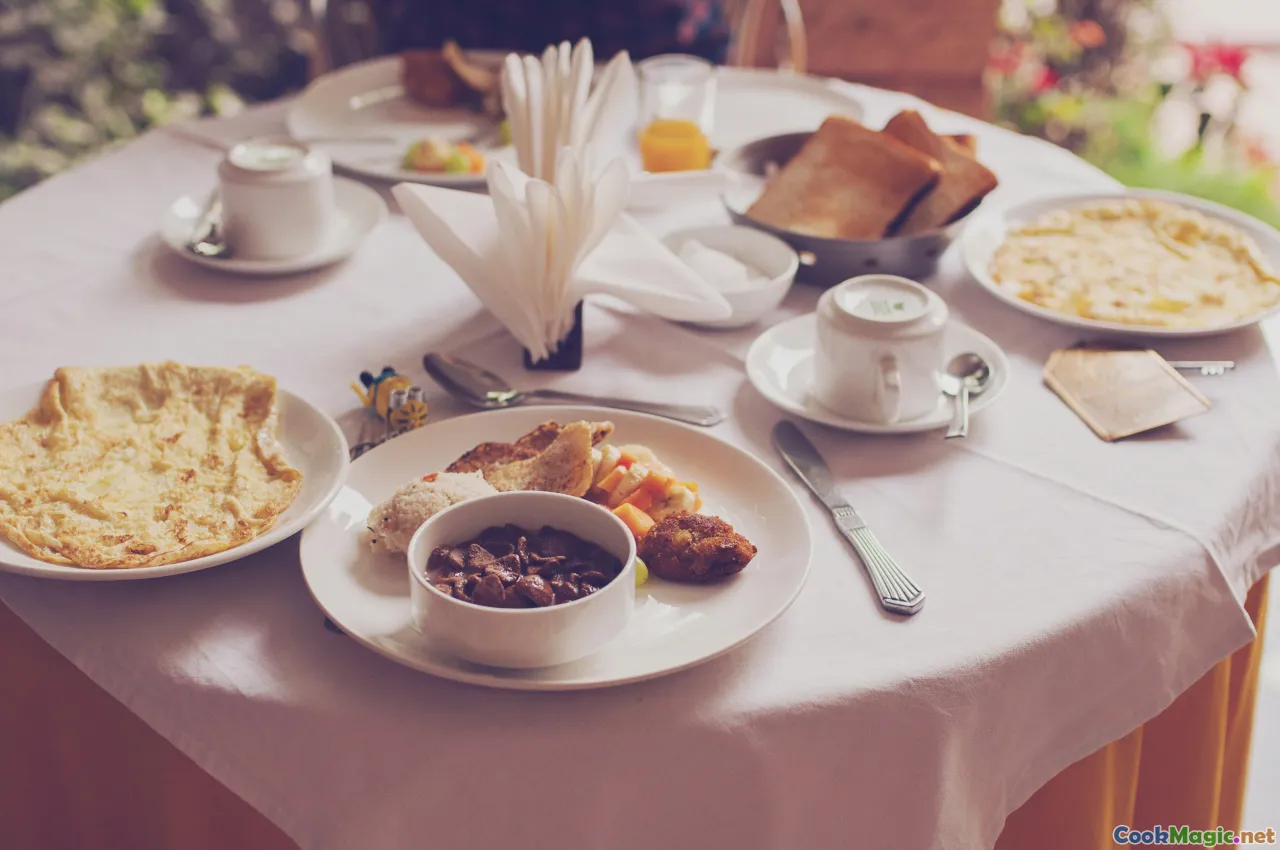
Morning smells like mint. I tear leaves into a bowl with thick yogurt, grate in a cucumber, salt and olive oil, and we scoop with bread still warm from the pan. On the side, a plate of tomatoes glittering with parsley and a whisper of sumac, because coffee likes company.
At eleven, a snack: manoushe with za’atar so fresh the sesame seeds pop against the teeth. I press a sprig of mint into the bread as I fold it. It perfumes the heat. On another day, a flatbread smeared with kishk (fermented yogurt and cracked wheat) gets a sprinkle of fresh oregano and thyme after baking, a meadow on warm dough.
Lunch might be mujaddara, lentils and rice with onions cut so thin you can read a letter through them before they melt. This is food that asks for a side salad heavy on parsley and mint, diced cucumber, tomato, scallion, lemon, olive oil, salt. With every bite of the sweet, soft onions in the mujaddara, you take a forkful of the salad and your mouth resets — herb as palate cleanser.
Afternoon tea is a handful of sage leaves in hot water, the aroma filling the kitchen with a clean, resinous sigh. Some add mint, some a thin slice of lemon. Herbs are not limited to the plate; they live in the glass, too.
Dinner: grilled chicken rubbed with garlic, lemon, and chopped marjoram, charred until the edges are smoky. A bowl of fattoush snaps on the table, the toasted pita shards crackling under dressing. A little dish of green shatta — chilies pounded with garlic, cilantro, lemon, and olive oil — sits like a quiet grenade. If there is fish, it is sayadieh or a fillet under a blanket of chopped parsley, capers, lemon zest, and olive oil, slid under the broiler just long enough to blush at the edges.
Midnight belongs to the mezze that never made it back to the fridge: a bit of labneh, a few olives, a heel of bread, and most importantly, a sprig or two of mint that you bruise between your fingers and scatter over everything. You eat in the dark, and the mint is almost cold as it hits your tongue.
Storing the breeze: how to keep herbs alive after the market

The tragedy of herbs is how quickly they can wilt into a memory. A little care writes a longer story.
- Parsley and cilantro: Trim the stem bottoms, place in a jar with an inch of cold water like a bouquet, cover loosely with a plastic bag, and store in the fridge. Change the water daily. They’ll stand at attention for a week.
- Mint and dill: Wrap gently in a slightly damp towel and tuck into a perforated bag. They like humidity and air.
- Shock therapy: If herbs look sad, give them an ice water bath for 10 minutes, then spin dry thoroughly. Many a bundle revives.
- Wash just before chopping: Water clinging to leaves accelerates spoilage. If you must wash ahead, dry until they feel almost crisp.
- Avoid the back of the fridge: The coldest spots blacken tender leaves. Herbs prefer the kinder middle shelf.
- Keep ethylene producers away: Tomatoes and apples exhale ethylene gas that will age herbs fast. Store them separately.
- Freeze smart: For stews, freeze chopped cilantro stems and parsley stems in olive oil in ice cube trays. Dried mint keeps in a jar in a cool cupboard, not the fridge, and not for years; twelve months is the flavor horizon.
If you want to be truly obsessive — and I do — place a folded paper towel at the bottom of the herb container to absorb excess moisture. Change it when it dampens. The smell when you open the container should feel like a promise, not a funeral.
Three small sauces that save a weeknight

- Green shatta (Palestinian chile paste): Pound green chilies with a lot of garlic and cilantro stems in a mortar, add lemon juice, salt, and enough olive oil to loosen. Keep it coarse. Spoon over eggs, yogurt, fish, grilled vegetables, or cooked chickpeas dressed with, you guessed it, parsley. It is a wake-up call for leftovers.
- Tarator (tahini sauce with herbs): Stir tahini with lemon juice until it seizes and whitens, loosen with water to a pourable consistency, add crushed garlic, salt, and a handful of chopped parsley. Drizzle over roasted cauliflower, falafel, or a pile of bitter greens. The parsley makes the tahini breathe.
- Herb-lemon salsa: Finely chop parsley, mint, and a little dill. Add lemon zest, lemon juice, a little green chili, olive oil, salt. It is a 5-minute sauce to drop on grilled meats or to stir into cooked lentils, instantly making them dinner.
Make these on Sunday night; watch your Wednesday thank you.
Cooking with memory: a note on loss and continuity

My grandmother’s handwriting smelled like mint because her shopping lists waited under herbs on the kitchen counter. She wrote parsley in Arabic with a flourish under the final letter and always added an exclamation point next to lemon. When she died, we found a small jar in the cupboard labeled in pencil: dried mint, 2023 spring, sweet. I opened it and the kitchen filled with her. It was as if the leaves carried her laugh.
Herbs are the way the Levant remembers itself. In a region that has known far too much loss, the act of tearing a sprig and putting it on bread can feel like a small restoration. When I pluck mint for my children and show them how to draw the knife across parsley as if skimming the surface of a green lake, I am passing on something that cannot be shipped or digitized. It lives in the wrist and the nose.
The secrets of fresh herb use in Levantine meals are not secrets at all, not really. They are habits, repeated with tenderness. Buy leaves that look like they could still feel the wind. Cut them with respect. Pair them with salt, acid, and oil that know how to listen. Use heat as a quick hello, not a long goodbye. Add them raw when you want light, fried when you want shadows. Fold them into dishes that will carry their voices, not drown them. And always, always taste. Taste before, taste after, taste again. There is no other way to learn how green should taste.
On a night when the city hums like a beehive and dinner is late and everything seems like a rush, I slice a tomato that tastes like sun, a cucumber that snaps, I chop parsley until the pile is a small green mountain, and I tear mint like paper. Lemon, salt, oil. I place it on the table and watch the leaves shine as if they were lit from within. Someone will reach for the bowl and the room will smell like the market in the morning. That is the moment I cook for, the one where an herb turns into a memory that arrives right on time.









